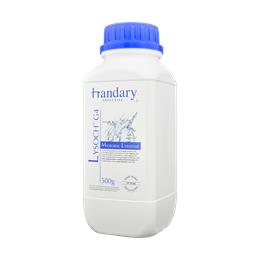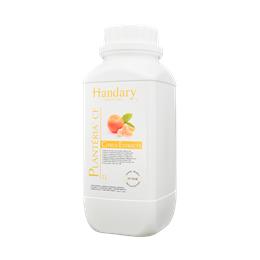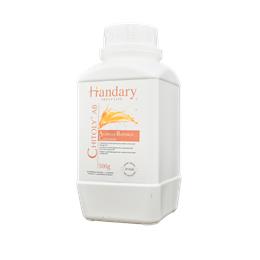Description
Wine is an alcoholic beverage made from fermented grapes. The grapes are crushed and the juice is allowed to ferment, converting the sugars into alcohol. Other fruits such as berries, apples or pears can also be used to make wine. The flavor, color, and aroma of wine can vary depending on the type of grapes used, the fermentation process, and the aging process.
There are many types of wine, including red, white, rosé, sparkling, and fortified wines. Red wine is made from red or black grapes and is typically served at room temperature. White wine is made from white or green grapes and is typically served chilled. Rosé wine is made by leaving the grape skins in contact with the juice for a short period, giving it a pink hue. Sparkling wine is carbonated, and examples include Champagne, Prosecco, and Cava. Fortified wines are wines that have had additional alcohol added to them, such as Port, Sherry, and Vermouth.
Wine is enjoyed all over the world and is often paired with food to enhance the dining experience. The right pairing can bring out the flavors and aromas in both the wine and food. Wine can be served in many different settings, from casual dinners to formal events, and is often considered a symbol of sophistication and elegance.
Gram-Positive Bacteria
Gram-positive bacteria can also be present in wine, and some strains can cause problems in the winemaking process.
One common type of gram-positive bacteria found in wine is lactic acid bacteria, such as Oenococcus oeni and Lactobacillus. These bacteria are known as malolactic bacteria and are used intentionally in winemaking to perform malolactic fermentation, which converts malic acid (a harsh-tasting acid) into lactic acid (a milder-tasting acid). This process can help to reduce the acidity of the wine and create a smoother, more rounded flavor profile.
However, if malolactic fermentation occurs spontaneously or if the bacteria are not properly controlled, it can result in an overgrowth of lactic acid bacteria, causing the wine to become too soft, flabby, or develop off-flavors such as buttery or cheesy notes.
Another type of gram-positive bacteria that can be problematic in winemaking is Acetobacter, which can produce acetic acid, commonly known as vinegar. This bacteria is commonly found in contaminated wine barrels, and if not properly controlled, can lead to spoilage and off-flavors in the wine.
Overall, while some strains of gram-positive bacteria are beneficial to the winemaking process, it is important for winemakers to control bacterial growth to prevent spoilage and off-flavors in the final product.
Yeasts Contamination
Yeasts are essential microorganisms in winemaking, as they are responsible for converting grape sugars into alcohol during the fermentation process. However, not all yeasts are beneficial, and contamination by unwanted yeasts can cause problems in winemaking.
Contamination by yeasts that are not intended for winemaking can lead to off-flavors, aromas, and even spoilage. One example of an unwanted yeast that can cause problems in winemaking is Brettanomyces, which can produce compounds that create off-flavors and aromas such as barnyard, earthy, and medicinal notes.
Another unwanted yeast that can cause problems in winemaking is Candida, which can produce acetic acid, commonly known as vinegar. Contamination by Candida can cause spoilage and off-flavors in the wine.
Overall, preventing yeast contamination in winemaking is crucial to producing a high-quality final product with the desired flavor and aroma profiles. Winemakers must maintain good sanitation practices and use appropriate yeast strains to ensure that the fermentation process proceeds as intended.
Clarification
Clarification is an important step in winemaking that helps to remove solids and impurities from the wine, resulting in a clearer, more stable, and visually appealing final product. There are several methods of clarification that are commonly used in winemaking.
One traditional method of clarification is to allow the wine to settle naturally in tanks or barrels. This process is known as racking, and involves transferring the wine from one vessel to another, leaving the solids behind. This process is typically repeated several times until the wine is clear.
Another method of clarification is fining, which involves adding fining agents to the wine to bind with suspended particles and help them settle out of the wine. The fining agents are added to the wine and mixed well, allowing the particles to bind with the agents and settle to the bottom of the tank or barrel. The clarified wine is then racked off of the sediment.
Overall, clarification is an important step in winemaking that helps to remove solids and impurities from the wine, resulting in a clearer, more stable, and visually appealing final product. Winemakers will choose the method or combination of methods that best suits their desired outcome and the characteristics of their wine.
 English
English 简体中文
简体中文 Français
Français Español
Español


